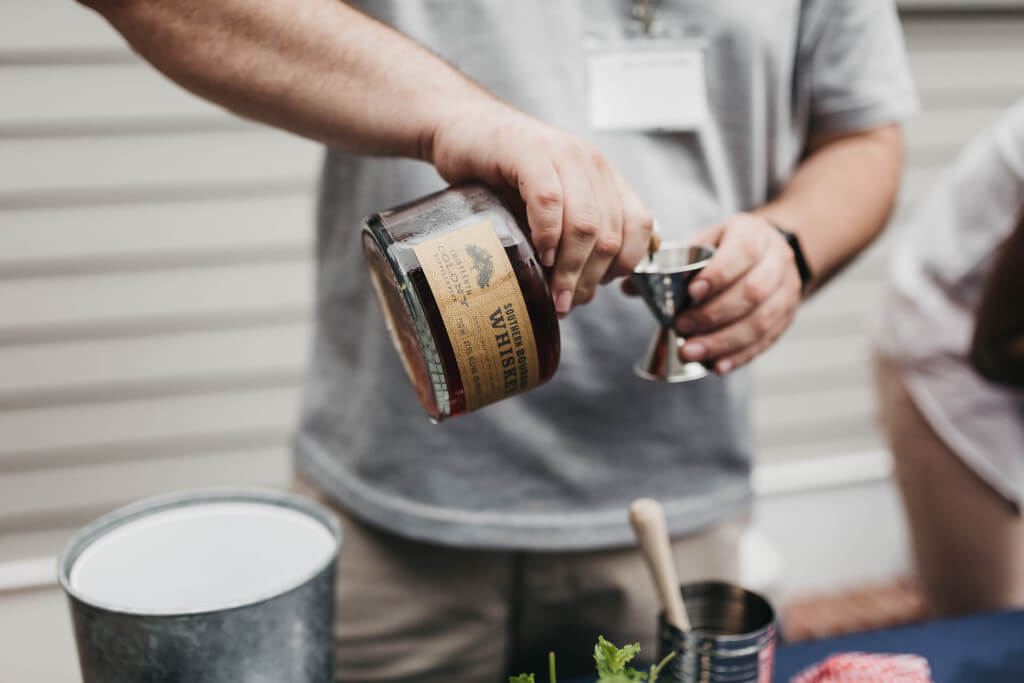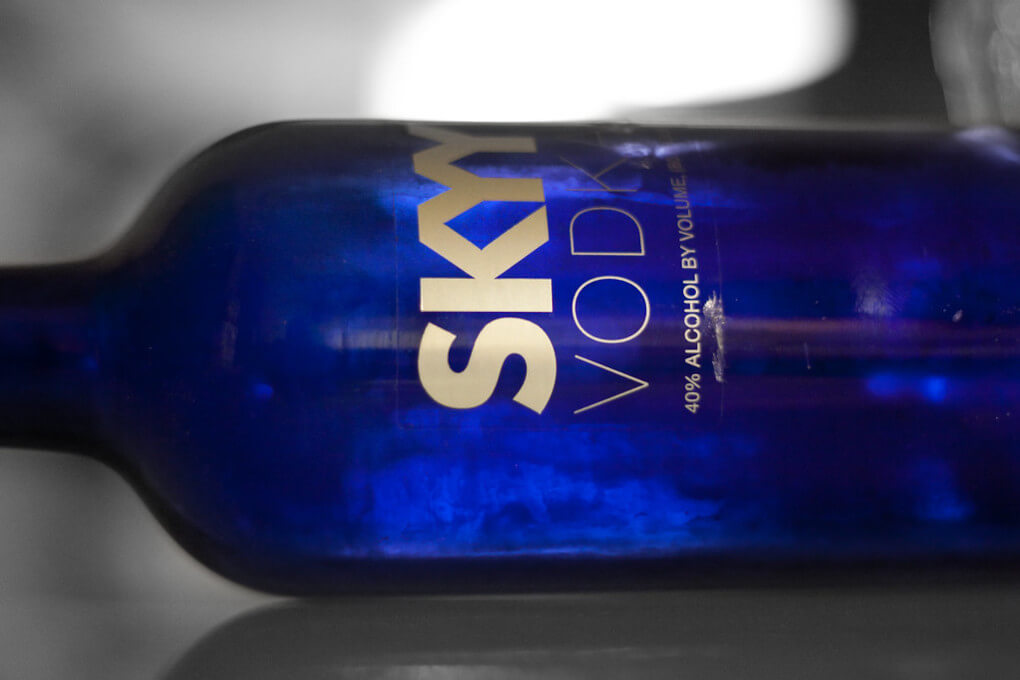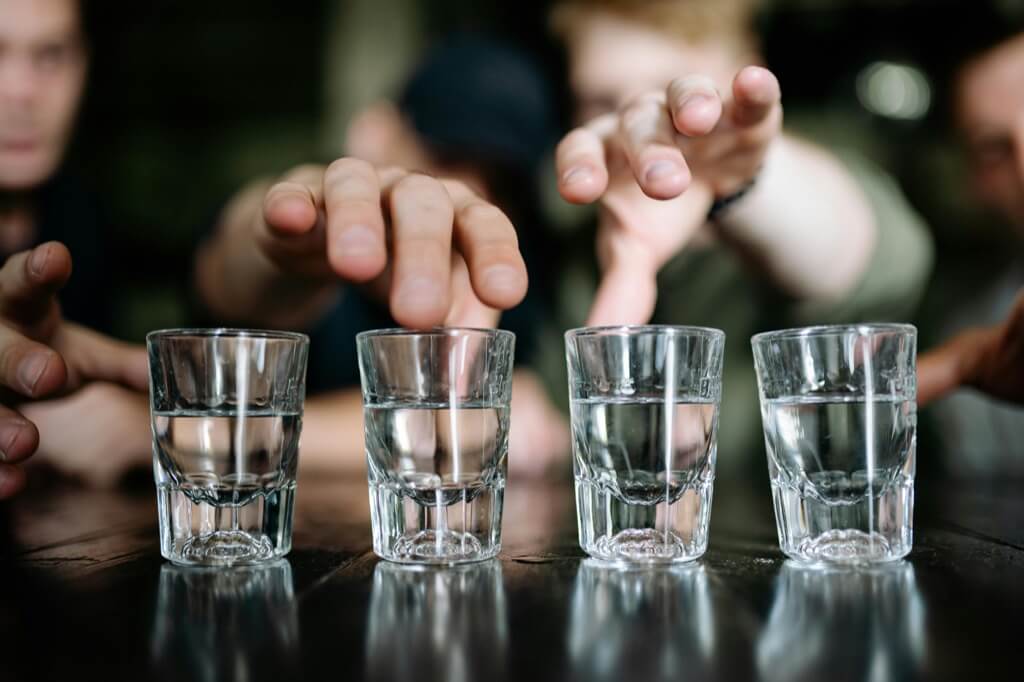Wine tourism is very similar to this one. Wine and whiskey connoisseurs would go to great lengths to experience events like tastings, tours, master lectures, mixology seminars, and workshops on how their favorite libations are made. Whiskey tourism allows spirits companies to offer more than simply free tastings at events, opening up a whole new market for their products. When consumers have confidence in and recognize the value of a product or service, they are more inclined to purchase it again. An emotional connection can be made with consumers when a brand’s story and mission are combined with engaging forms of entertainment.
What’s the Big Deal?
Whiskey’s rising profile has led to the emergence of new distilleries in places other than the traditional whiskey hotbeds of Scotland, Ireland, Japan, and the United States. Whiskey tourism is a growing industry, therefore businesses and nonprofits in whiskey-making areas have teamed up to promote it.
These groups include the Visit Scotland Whiskey Tourism, the American Whiskey Trail, the Tennessee Whiskey Trail, the American Bourbon Trail, the Irish Whiskey 360 Passport, and the Kentucky Bourbon Trail, just to name a few. In a short amount of time, Whiskey Tourism has produced some impressive results.
Even though COVID was a threat, whiskey tourism continued. The pace of events was just slowed for the time being. Significant investments in Whiskey Tourism have been announced by Diageo and Pernod Ricard.
The Epidemic Prompted Product Manufacturers to Reevaluate Their Strategies
Wine and whiskey are so popular because, unlike categories like rum and gin, they provide a plethora of different styles to choose from. Whiskey’s widespread acceptance and the many ways it can be enjoyed mean that not even a global epidemic can eradicate it. Profits and the development of consumer loyalty to your brand necessitate paying attention to this factor.
Whiskey drinkers, like wine drinkers, are becoming increasingly brand- and style-weary, confused, and price-conscious. The tequila industry, on the other hand, is simpler, with only four distinct varieties available in the high-end sector. With so many whiskey options, it’s more challenging to foster brand loyalty. There was significantly less whiskey variety five years ago, so it was still viable to develop brand loyalty with a strong product and packaging.
Examples of Whiskey Tourism
Whiskey tourism has been proven to be an integral aspect of building a successful brand. Given the variety of approaches available, it’s important to highlight some successful brands that are investing heavily in this area.
Diageo
With this 150 million euro investment in Scottish whiskey tourism, Diageo has made its largest commitment to date to the industry. In addition to the John Walker and Sons blended whiskey expressions, the Johnnie Walker Princes Street lineup includes the Green, Blue, Red, Gold, Black, and Limited Edition expressions.
Scotland
Scotland has upgraded the traditional whiskey, golf, and moors experience by adding rocket spotting. Outside of Diageo, there is a flurry of activity in the whiskey tourist sector in Scotland. Before the introduction of COVID, Scotland was used as a stand-in for other whiskey tourism regions by most whiskey firms. Scotch distilleries tend to promote their industry as a whole by pooling resources. The fact that Scotland is home to some of the world’s oldest distilleries is a bonus. This market should regain its remarkable success in 2019 now that more and more live events are being held.
The Bourbon Trail in Kentucky
Bourbon is now universally recognized as the best-loved type of American whiskey. Of course, this is changing as new types of spirits are created. Over ninety-five percent of the world’s bourbon, however, comes from the roughly seventy distilleries located in Kentucky. There is plenty of variety for tourists to choose from, as about 35 of these brands provide actual experiences.
Whiskey Tourism Is Increasing In Popularity
The number of tourists visiting the area rose by 6.1% in 2018 compared to 2017, increasing to £7.43 million in revenue. Many of these sightseers are not even British. While Americans and Germans made up the bulk of visitors, we also saw an uptick in interest from people in the Netherlands, France, India, Spain, and China. Visitors to Scotland’s distilleries outnumbered those to St. Paul’s Cathedral and Stonehenge combined in 2018.
Distillery tours have climbed by 56 percent since 2010, according to yearly polls conducted by the Scotch Whiskey Association. The dramatic increase in traffic is indicative of a growing interest in the whiskey industry, as more and more people are curious about the labor-intensive procedures that yield some of the world’s greatest whiskies. Also, from Islay to Orkney, you’ll see breathtaking scenery on a distillery tour.
The whiskey business and the Scottish economy are both benefiting from the rising popularity of whiskey tours. The summer months saw an upsurge in reservations at hotels and high demand for ferries to and from the tiny islands that are home to some of the distilleries. There has been an increase in foot traffic to local shops and reservations at area eateries. Scotch whiskey tourism is on the rise, which is wonderful news for the country’s economy.
Your Whiskey Tourism Can Start Small
Whiskey tourism offers a wide variety of entry points for companies of all kinds and industries. And it all begins with the product’s introduction into the home. The Kentucky Distillers Association is a great example of a trade group that can help small businesses organize tourist attractions and routes. Bigger names in the industry can join in on the fun as well, investing heavily in multi-brand visitor and experience centers.
Beginning experience providers can start with something as simple as a sampling bar or a tour with a guide. Brands can improve the depth of their experiences and hence strengthen the emotional bond with the brand with the help of consumer data and feedback.





